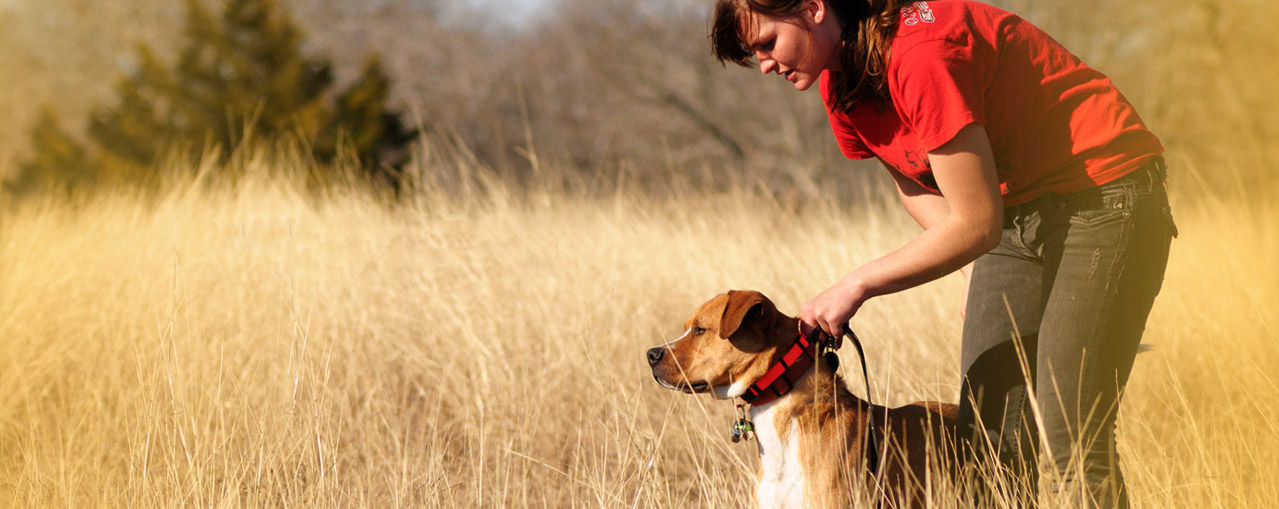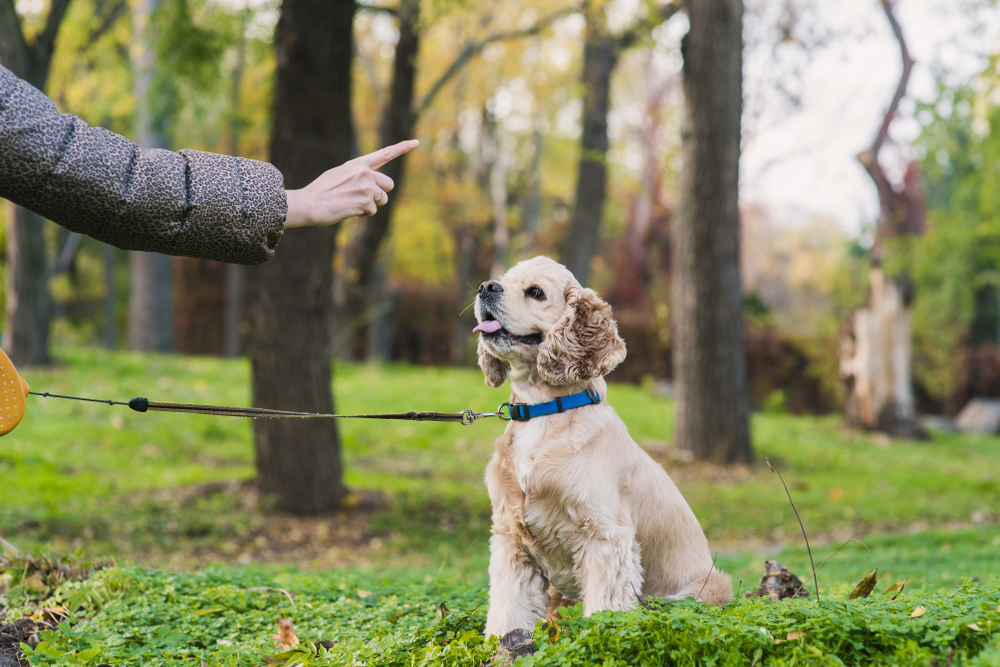The Importance of Patience and Understanding in Dog Training Practices
The Importance of Patience and Understanding in Dog Training Practices
Blog Article
Top Pet Dog Training Methods Every Proprietor Must Know

Favorable Reinforcement Techniques
Utilizing favorable support methods is vital for efficient canine training, as it fosters a relying on bond in between the fitness instructor and the canine. This technique concentrates on rewarding preferable habits rather than penalizing unwanted ones, producing an environment for discovering. Rewards can consist of deals with, praise, or play, which inspire dogs to duplicate the behaviors that earn them these rewards.

In addition, this method enhances the pet dog's excitement for training sessions. When canines connect training with favorable experiences, they are more engaged and responsive. Past prompt behavior adjustment, favorable support urges a joint relationship between the canine and trainer, minimizing anxiety and fear
To optimize effectiveness, it is essential to deliver benefits without delay, ensuring the pet dog links the behavior with the support. In significance, favorable support methods not just yield better-trained dogs yet also advertise an unified partnership in between pet and proprietor.
Remote Control Training Technique
The clicker training approach is a highly effective strategy that develops upon the concepts of positive support by adding a distinct sound to mark preferred habits. This method uses a little portable gadget that generates a clicking noise, enabling instructors to connect with their pet dogs in a instant and clear way. When a pet dog does a habits that the owner wishes to encourage, the remote control is turned on, complied with by a benefit, normally in the type of treats or praise.
The trick to effective clicker training lies in uniformity and timing. It is critical to click at the precise moment the desired behavior takes place, making certain that the pet connects the sound with the activity and the subsequent reward. This approach not just enhances interaction however also cultivates a more powerful bond between the proprietor and the pet dog, as it motivates engagement and communication throughout training sessions.
Clicker training can be related to a variety of actions and commands, from fundamental obedience to a lot more intricate techniques. Its flexibility and efficiency make it a preferred strategy among specialist instructors and animal proprietors alike, paving the means for a responsive and trained canine companion.
Chain Training Essentials
Efficient chain training is essential for making sure a safe and pleasurable walking experience for both pet dogs and their proprietors. A flat collar might work for some pet dogs, while others might benefit from a harness that lowers pulling.
Introduce your pet to the chain gradually, permitting them to explore it in a comfy setting. This entails rewarding your dog for walking beside you rather than drawing in advance.
If your pet starts to draw, stop walking promptly. Wait up until they return to your side before resuming. This teaches them that drawing does not bring about proceed. Furthermore, method different walking environments to aid your pet dog adapt to interruptions.
Normal method will strengthen your canine's understanding of leash etiquette. Remember that chain training is an ongoing procedure; perseverance and consistency will certainly produce the most effective outcomes, promoting a positive experience for both you and your canine friend.
Socialization Strategies
Socializing is an important aspect of pet training that ought to preferably begin throughout puppyhood however can be advantageous at any kind of age. Efficient socializing assists dogs establish confidence and minimizes the possibility of behavior problems. To apply successful socializing techniques, subject your dog to a selection of atmospheres, people, and various other animals.
Begin with regulated settings, such as pup classes or organized playgroups, where young pets can communicate securely. Gradually introduce your pet to new experiences, including various noises, surfaces, and tasks. Guarantee these experiences are positive and gratifying to establish a feeling of security.
For adult pet dogs or those doing not have direct exposure, begin with low-stress circumstances. Short, favorable communications with pleasant human beings and calm canines can here are the findings produce favorable organizations. Make use of treats and praise to strengthen preferable actions throughout these experiences.

Uniformity and Perseverance
Identifying the value of consistency and persistence in dog training is essential for attaining long lasting outcomes. Inconsistent training can lead to complication, making it challenging for the pet to understand habits or commands, inevitably impeding progression.
In addition, patience is an essential component of efficient training. Pets, like humans, discover at their own speed. Some might realize concepts rapidly, while others could take much longer. It is vital for owners to continue to be tranquil and supportive, strengthening favorable actions without resorting to irritation or penalty. This cultivates a relying on relationship between the canine and owner, motivating a much more ready and passionate student.
To grow uniformity and persistence, establish a routine training regular, make use of the exact same commands, and make sure that all member of the family apply the exact same training principles - Dog training. By doing so, you develop a steady atmosphere for learning, allowing your pet dog to develop and flourish into a mannerly companion
Final Thought
Finally, efficient dog training strategies, such as positive reinforcement, remote control training, and appropriate chain training, are crucial for promoting a healthy owner-dog partnership. Furthermore, implementing socializing methods and preserving uniformity and perseverance throughout the training process adds substantially to a pet's general well-being. By incorporating these approaches, canine owners can help with the advancement get more of well-adjusted, loyal family pets, inevitably improving the lifestyle for both the dog and the owner.
Among the most prominent techniques are positive support, remote control training, and leash training, each offering special benefits that add to a mannerly dog. As we discover these fundamental methods, it ends up being apparent that grasping their nuances can substantially affect the training experience and the canine's total behavior.Utilizing positive reinforcement techniques is important for reliable canine training, as it promotes a trusting bond in between the fitness instructor and the dog.In conclusion, efficient pet training methods, such as favorable reinforcement, remote control training, and proper leash training, are essential for promoting a healthy and balanced owner-dog connection. By incorporating these techniques, pet owners can promote the advancement of well-adjusted, loyal pet dogs, ultimately enhancing the top quality of life for both the owner and the canine.
Report this page